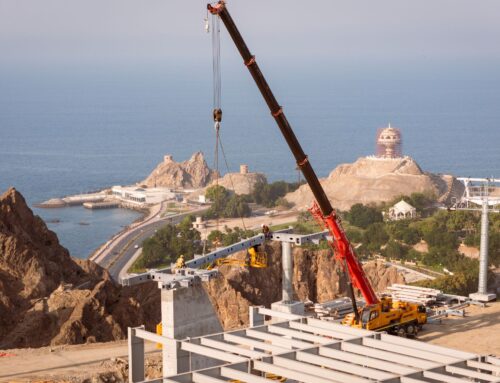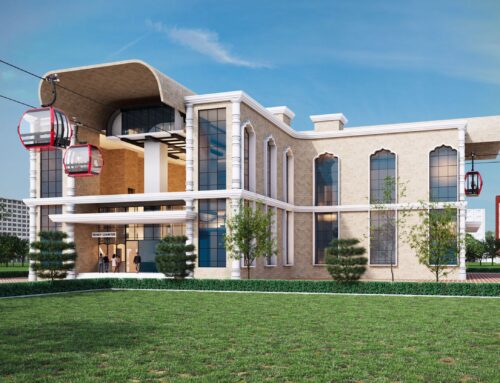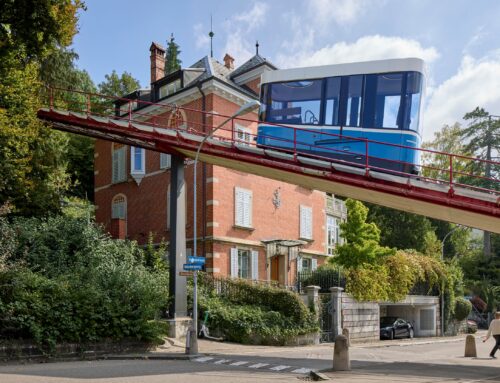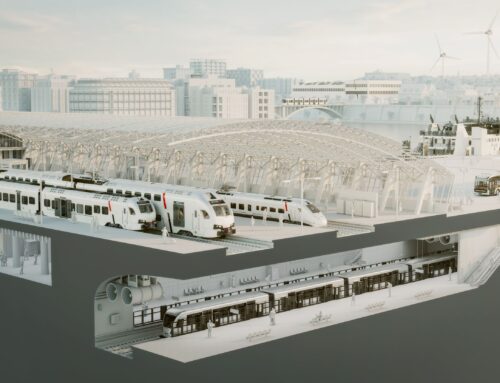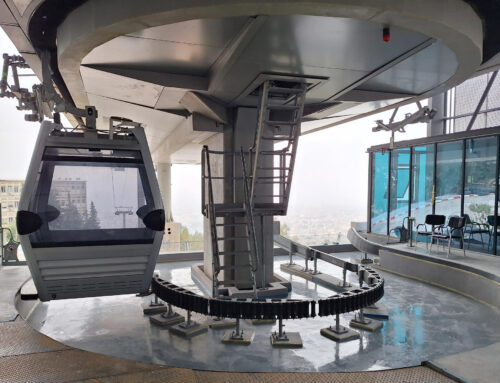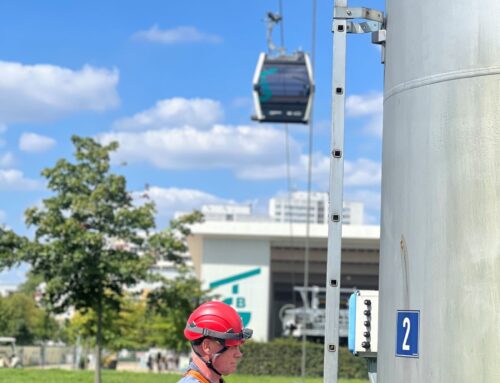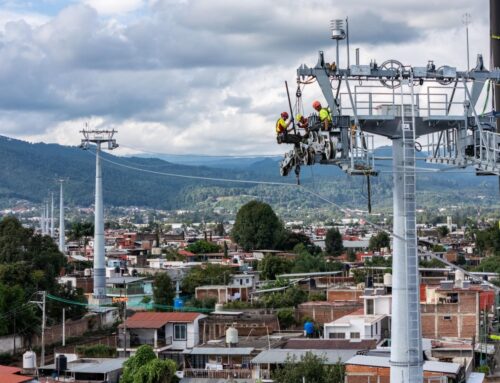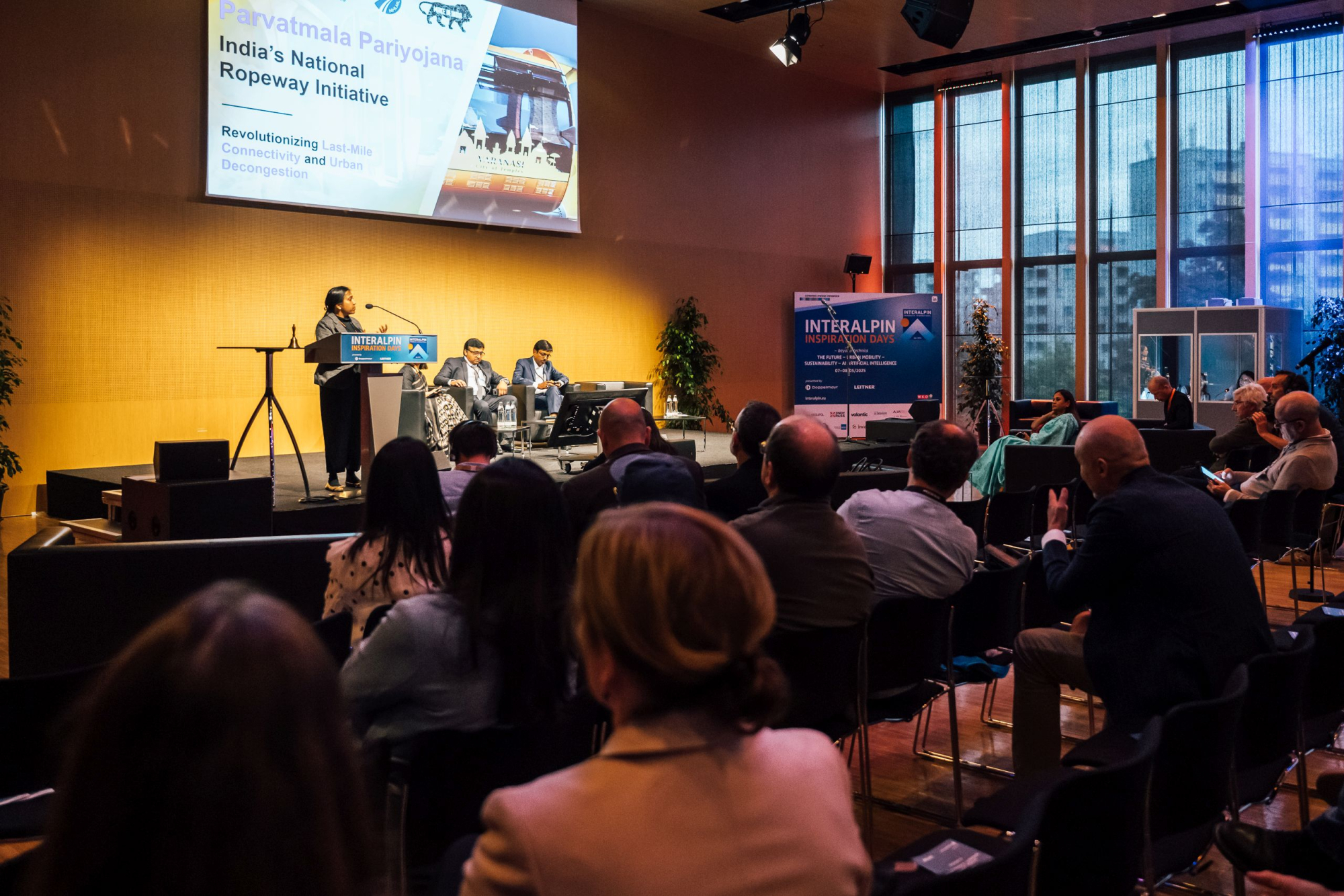
Cities, Special-Urban, Tourism
India: Cable Car Development Program with Four Billion Dollars in Investments
71 urban cable car projects covering a route length of 250 kilometers and representing an investment volume of 4.4 billion US dollars by March 2030 — the figures behind the “Parvatmala Pariyojana” are impressive.
India’s cable car development program, valued at 4.4 billion USD, is a response to the vast, still untapped potential of this mode of transport, as Shri Syed Qamar Ahmad, CFO of NHLML, emphasizes. On the one hand, India is densely populated; on the other, around 30 percent of the country is made up of hilly and forested terrain — urban cable cars are often the ideal solution to overcome such obstacles and enable mobility.
Currently, India lags far behind other countries with its 71 cable car projects — compared to more than 170 in Japan and over 1,700 in Switzerland, not to mention major cable car nations like the USA and Austria (each with over 2,000), or France (with more than 4,000). But the subcontinent is determined to close the gap.
Centrally Coordinated Plan
The implementation of urban cable cars in India has a clear political dimension: at the top is the Ministry of Transport, which coordinates all state investments in the country’s mobility and manages a project pipeline worth 1.4 trillion US dollars. Reporting directly to it is the National Highways Authority of India (NHAI).
This agency is one of the world’s largest infrastructure developers and is primarily responsible for India’s highway network. Under its umbrella, the previously mentioned NHLML was established in 2020, focusing on the country’s logistics infrastructure to enhance economic efficiency.
For example, NHLML is expanding India’s fiber-optic network, building multimodal logistics parks, installing roadside infrastructure, and integrating ports into the national transport network.
“And last but not least, NHLML is the central agency for implementing cable car projects under the Parvatmala Pariyojana,” emphasizes CFO Ahmad.
Cable Cars in India: In Progress (NHLML)
| Place | Length | Type of Cable Car |
| Kedarnath | 12,9 km | 3 S gondola lift |
| Varanasi | 3,9 km | Monocable gondola lift |
| Biljli Mahadev | 2,32 km | Monocable gondola lift |
| Shankaracharya | 1,05 km | Monocable gondola lift |
| Prayagraj | 2,20 km | Bicable aerial tramway |
| Ujjain | 1,76 km | Monocable gondola lift |
| Dhosi Hill | 0,99 km | Bicable aerial tramway |
| 7 projects | 25 kilometers | 648 million US dollars |
Cable Cars at All Project Stages
Besides many ideas, seven NHLML projects with a total route length of 25 kilometers and an investment volume of 648 million US dollars are already underway (see table above). Additionally, 13 projects are currently being implemented by other operators, covering a total of 38 kilometers. Another seven projects, totaling 40 kilometers of cable car routes and a budget of 652 million US dollars, are currently out for tender.
Many Sectors Benefit
According to Ahmad, India’s national cable car plan offers numerous opportunities along the value chain: NHLML estimates 12.5 million US dollars for project design and consulting, 132 million for site supervision, and 42 million for permits and safety inspections.
“We estimate annual operating hours to exceed 240,000, private investment volume to range between 2.5 and 3 billion US dollars, and the expenditure for cable car components to reach 3 billion US dollars,” says the CFO of NHLML.
Cable Cars in India: In Tendering (NHLML)
| Place | Lenght | Type of Cable Car |
| Hemkund | 12,4 km | Mono-/3 S gondola lift |
| Nainital | 14,9 km | Monocable gondola lift |
| Tawang | 5,15 km | Monocable gondola lift |
| Kamakhya | 1,44 km | Monocable gondola lift |
| Ramtek | 2,20 km | Aerial tramway |
| Nashik | 5,72 km | Monocable gondola lift |
| Tikitoriya | 0,99 km | Biacable aerial tramway |
| 7 projects | 40 kilometers | 652 million US dollars |
India Relies on PPP Models
To build and operate the cable cars, NHLML depends on Public-Private Partnerships (PPPs). According to Ahmad, these are characterized by a standardized concession framework, a scalable PPP structure, investor-oriented risk-sharing, and a supportive environment from tendering to commissioning.
This environment is made possible by strong institutional backing, which quickly resolves disputes and expedites approvals, according to NHLML.
“Global standards implemented locally with national support,” summarizes Ahmad.
“Make in India” as a Goal
The long-term aim of the cable car development program is to shift part of the manufacturing to India. Alongside the project pipeline of 71 installations and an investment volume of 4.4 billion US dollars, lower material and production costs as well as economies of scale are intended to encourage foreign companies to invest in India.
Project planners and site supervisors, manufacturers producing domestically, cable car operators and controllers, as well as investors who see urban cable cars in India as a major opportunity, are being sought.
“Our country also boasts technical excellence through state-of-the-art manufacturing capacities,” emphasizes Ahmad. Last but not least, the government provides companies with political and financial support under the “Make in India” program.
